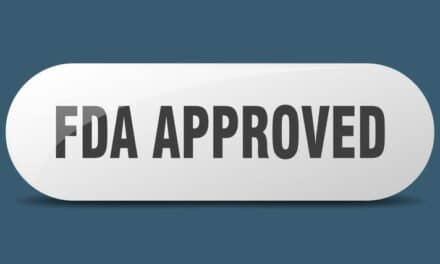Planatome Technology’s surgical blade incisions show a more uniform collagen deposition and produce a better scar, due to faster collagen reorganization from a reduction in tissue disruption.
By Tonya Johnson
Planatome Technology, the company that founded a patented, nano-polishing technology used in microchip manufacturing and applied it to medical devices to create a patient-focused surgical blade, released study results in the Open Access Journal of Surgery. Further updates were also published in the Journal of Surgery Open Science.
The study was designed to determine if highly polished surgical scalpel blades would result in reduced tissue damage, subsequent inflammation and scarring, compared to clinical standard scalpel blades.
Planatome conducted the research with Duroc pigs to compare scarring resulting from polished standard commercial surgical blades at three levels of enhanced surface finish to commercially available blades. Differences in scar formation (area and width) were compared among the groups at various time points (day 5, day 30 and day 60).
Blades were polished using a variant of chemical mechanical planarization, (CMP), which is a well-established process widely employed in the manufacturing of semiconductors that are used for memory storage and data processing.
“Current belief among practicing surgeons is that scalpel blade quality does not impact patient outcomes as it relates to post-operative complications such as wound healing and scar formation,” says Planatome Technology chief technology officer, Clifford L. Spiro, PhD, who is a seasoned research and development leader, who in 2003, was appointed as vice president of R&D for the Cabot Microelectronics company that provides the chemical mechanical planarization polishing technology. He was always so curious, and wondered “Where else can we apply this technology to add enormous value?”

To validate his technology, Spiro contracted Raphael C. Lee, MD, ScD and his research team, in 2004, to conduct laboratory studies. The group’s research results strongly support Spiro’s finding.
“Looking at the commonly-used standard scalpels of today under a microscope, we see that they look much like a saw blade with a serrated cutting surface,” says Spiro. “Instead of slicing the tissue in a precise and smooth manner they are ripping and tearing through the tissue; whereas Planatome is an atomically smooth knife-edge that makes a clean incision which is smaller and heals faster with less scarring.”
The study results showed the following:
- At every postoperative time point, the polished blades demonstrated significantly smaller scar area (p < 0.05) than the corresponding control group ( Bard-Parker #15 blades).
- Redness in wounds was minimal by day 30. Some scarring occurred adjacent to incisions due to suture placement, but most likely did not have a significant effect on histological measurements since biopsies were taken between suture segments. Moreover, it appears that the redness of the incisions created by the polished blades decreased faster than the others, which indicates that this type of blade may result in reduced tissue damage and inflammation.
- Polished blades had significantly smaller scar width and width variance than tested commercial blades at day 60 (p < 0.05). The explanation for this effect is related to the reduced tissue trauma caused by scalpel blades produced by the fine-finishing process.
- Polished blades also demonstrated less scar formation than all the commercial blades at day 5 and day 30. All the results suggest that polished blades may benefit wound healing by generating less tissue damage and reducing inflammatory response.

Overall, the data supports the hypothesis that surgical incisions from extremely finished blades result in considerable reduction in scarring, subsequent inflammation and scarring compared to clinical standard scalpel blades. The highly polished blades appeared to benefit wound healing by reducing tissue damage and the inflammatory response.
“In addition to the fact that wound healing proceeded normally, it actually accelerated! There were several pleasant surprises,” Spiro pointed out. “The perfect edge made a wound that was much smaller to begin with, with less pain, fewer pain cells, pain enzymes; and it closed much faster. And as we had hoped, the scarring was better.”




